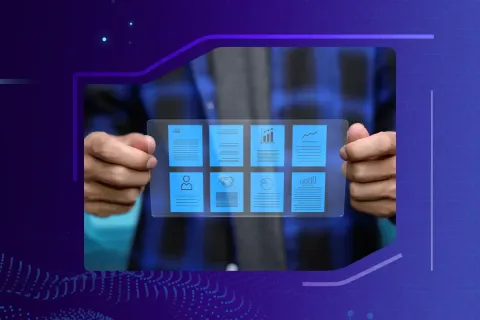
Times when patients are going through serious / immediately life-threatening conditions and physicians are left with no options except to opt for the investigational treatments, navigating certain processes would be challenging and time-consuming. Reducing those procedural burdens to streamline the processes and in order to provide the physicians the flexibility to access investigational drugs and biologics, the US Food and Drug Administration (US FDA), on June 2, 2016 has released 3 final guidance documents. Simplifying the complexity to access the information, the Expanded Access docs (otherwise called as Compassionate Use) intend to reduce the time physicians spend on operational procedures.
To start with, reducing the time frame to file the request the FDA has released new application form – FDA 3926 substituted with previous forms FDA 1571 and 1572. The new form – “Final Individual Patient Expanded Access to Investigational New Drug Application”, estimated to take 45 minutes to fill out helps the physicians to complete the request with an ease. The new form is said to be designed exclusively for immediate accessibility requests to address the patients going through the life-threating conditions and have no other alternative therapy available to treat with. For the FDA’s step-by-step instructions you may wish to scroll through the complete guidance here.
Drilling down more on the expanded accessibility, the agency has released two additional informative documents. Chalked out in a question and answer format the second guidance details the process as clear as possible and answers physician’s queries pertaining to:
- What does the expanded access actually mean?
- What kind of regulatory submissions should be processed to obtain the expanded access?
- What information should be included in an expanded access submission?
- When exactly should expanded access protocol submission and expanded access IND submissions be used?
Since October 13, 2009, the regulation on charging for investigational new drugs under investigational new drug application (IND) was in effect and the same has left/attracted many questions unanswered. To answer all of those, the third guidance, titled “Charging for Investigational Drugs under an IND”, has been scripted.
FDA’s efforts to inform the stakeholders – industry researchers, Institutional Review Boards (IRBs) and physicians, and patients – about the individual patient expanded access, reiterates the importance of keeping in touch with complex, and time-critical regulatory information. To know more on exclusive Regulatory information for impeccable processes, streamlined submissions and easy health authority approvals get in touch with end-to-end Regulatory services and solutions provider.









